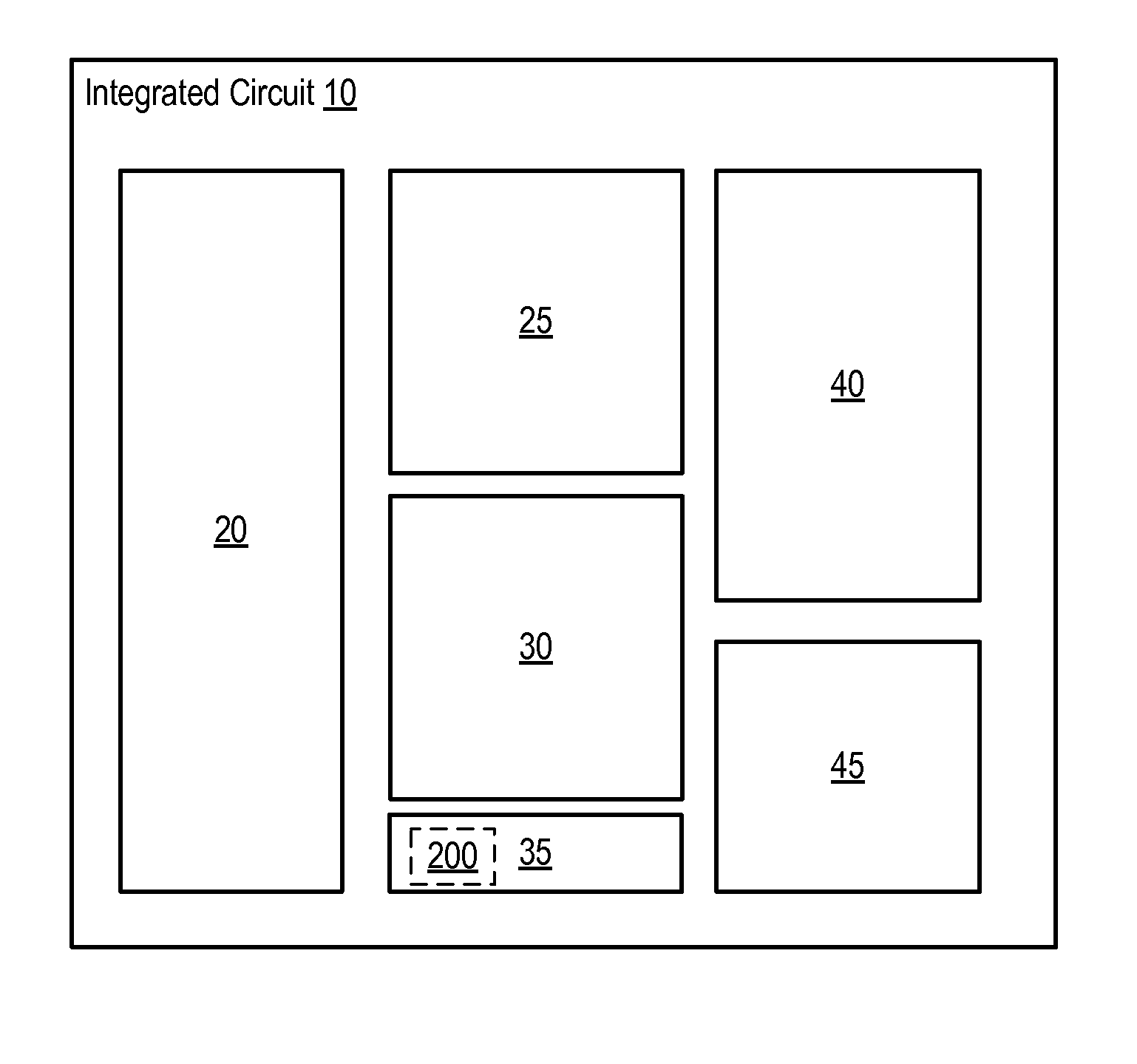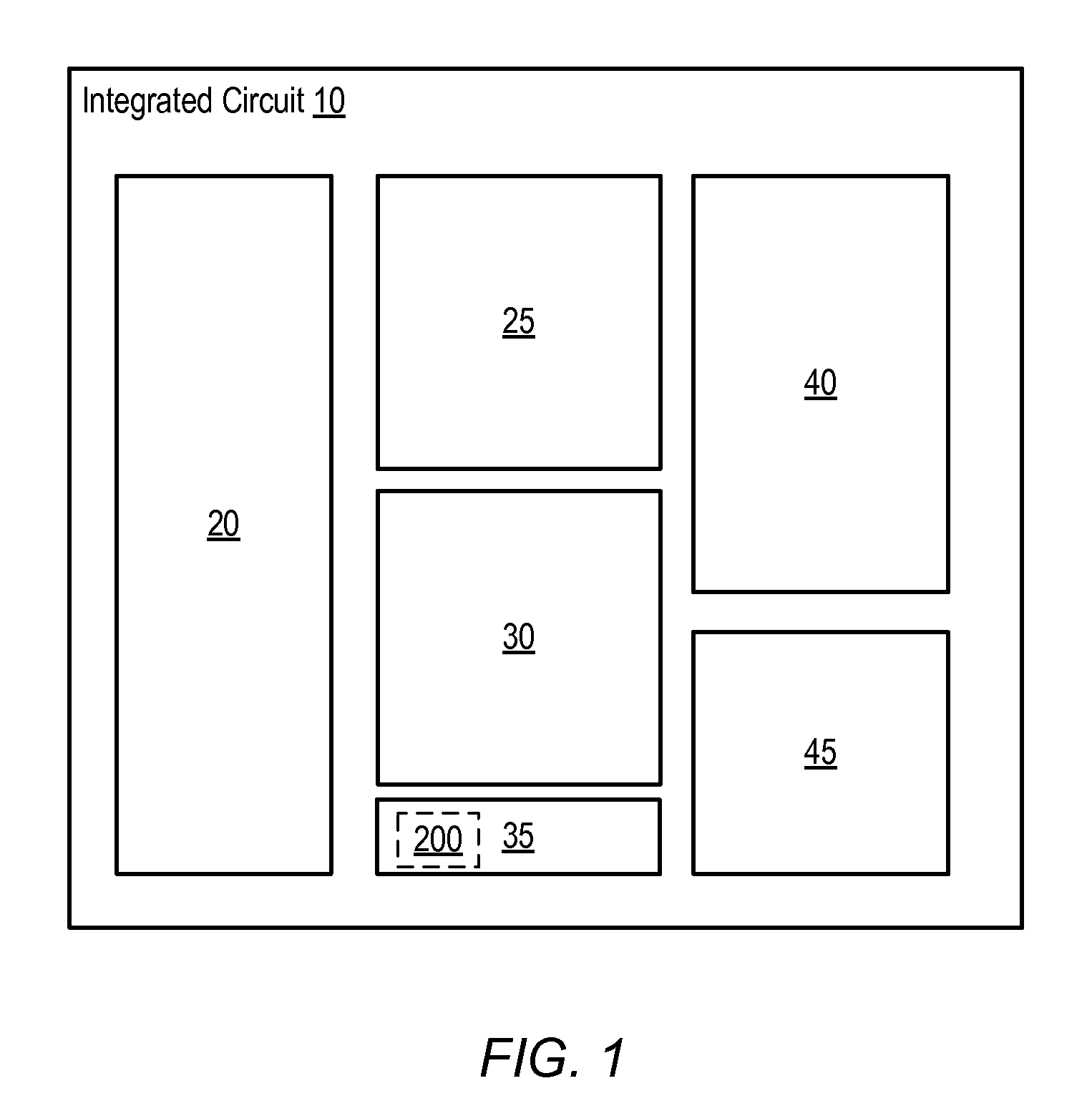Method for identifying redundant signal paths for self-gating signals
a signal path and signal path technology, applied in the field of signal path optimization, can solve the problems of difficult to meet the timing requirements of a particular circuit, signals may inadvertently be redundant in a design, and the type of redundant path is not easily detectable by conventional design tools
- Summary
- Abstract
- Description
- Claims
- Application Information
AI Technical Summary
Benefits of technology
Problems solved by technology
Method used
Image
Examples
Embodiment Construction
[0007]Various embodiments of a method for identifying redundant signal paths for self-gating signals are disclosed. Broadly speaking, a method is contemplated in which redundant signal paths may be identified and removed. More particularly, certain redundant paths such as those created by a signal that feeds both an input to a cone of logic of a data input to a clocked state element such as a flip-flop, and a clock gate circuit that is used to gate the same flip-flop may be problematic and therefore identified and removed.
[0008]In one embodiment, the method includes determining whether a given input to a logic circuit is coupled to both an input of a cone of logic that is coupled to a data input of a clocked state element and a clock gate circuit that is coupled to disable a clock input to the clocked state element. In addition, the method may include removing the given input from the cone of logic such that the given input is no longer coupled to the input of the cone of logic in r...
PUM
 Login to View More
Login to View More Abstract
Description
Claims
Application Information
 Login to View More
Login to View More - R&D
- Intellectual Property
- Life Sciences
- Materials
- Tech Scout
- Unparalleled Data Quality
- Higher Quality Content
- 60% Fewer Hallucinations
Browse by: Latest US Patents, China's latest patents, Technical Efficacy Thesaurus, Application Domain, Technology Topic, Popular Technical Reports.
© 2025 PatSnap. All rights reserved.Legal|Privacy policy|Modern Slavery Act Transparency Statement|Sitemap|About US| Contact US: help@patsnap.com



